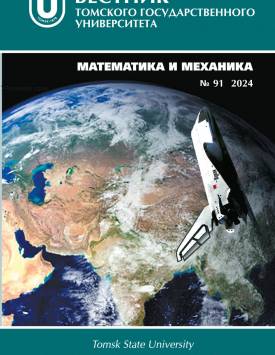Nilpotent, nil-good, and nil-clean formal matrices over residue class rings
Let us recall some classes of rings. A ring R is said to be fc-nil-clean if each element can be written as a sum of a nilpotent and k idempotents. A ring R is said to be fine if each non-zero element can be written as a sum of a unit and a nilpotent. A ring R is called nil-good if every element is a nilpotent or a sum of a nilpotent and a unit. And, finally, ring R is called nil-good clean if every element is a sum of a nilpotent, an idempotent, and a unit. In this paper, we continue our work on additive problems in formal matrix rings over residue class rings. We have found necessary and sufficient conditions for the nilpotency of a formal matrix over residue class rings. After that we have shown that a ring of such matrices is (p -1)-nil-clean and nil-good clean. Also, answering the question posed in the previous article of the second co-author, we prove that a ring of formal matrices over residue rings is never nil-good, and, therefore, not fine.
Keywords
formal matrix ring, nilpotent formal matrix, nil-good ring, fine ring, nil-clean ring, nil-good clean ring, Morita context ringAuthors
| Name | Organization | |
| Elfimova Anastasia M. | Tomsk State University | elfimova.nastya@bk.ru |
| Norbosambuev Tsyrendorzhi D. | Tomsk State University | nstsddts@yandex.ru |
| Podkorytov Maxim V. | Tomsk State University | maximthegreate@yandex.ru |
References

Nilpotent, nil-good, and nil-clean formal matrices over residue class rings | Vestnik Tomskogo gosudarstvennogo universiteta. Matematika i mekhanika – Tomsk State University Journal of Mathematics and Mechanics. 2024. № 91. DOI: 10.17223/19988621/91/3
